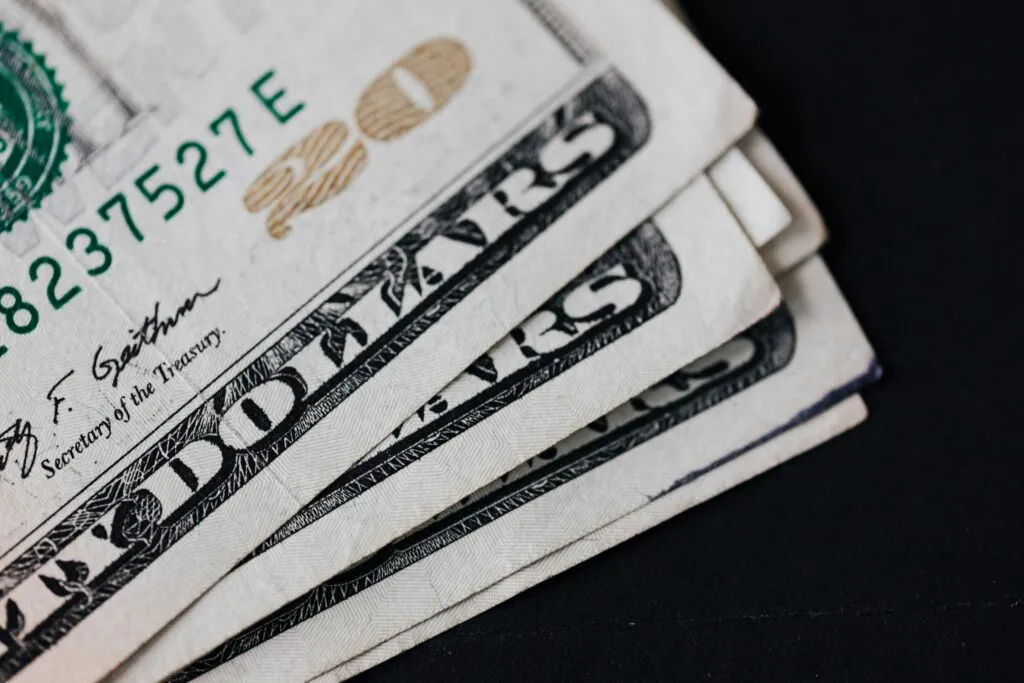In a notable development for expatriates and businesses, the Omani Riyal (OMR) surged to an exchange rate of 731.65 Pakistani Rupees (PKR) in the open market on Tuesday, March 4, 2025. This milestone has sparked conversations about the economic forces at play and the ripple effects on individuals and trade between Oman and Pakistan. Let’s unpack the factors behind this shift, its implications, and what the future might hold.
Understanding the Exchange Rate Surge
The Omani Riyal maintains stability as it is tied to US Dollar values (1 OMR = 2.60 USD) because of the oil wealth in Oman’s economy. The rise in global oil costs enhances Oman’s financial income resulting in Riyal value appreciation. Pakistan struggles economically because its foreign currency resources have decreased while political instability and rising 14% inflation have made the Rupee value falter. The Pakistani Rupee faces increased risk from exchange rate movement because of its rising trade deficits and growing need for imports which damages its stability against Omani Riyal.
Key Drivers Behind the Rate
- Oil Prices: Oman’s economy thrives on oil exports. A spike in crude oil prices, driven by geopolitical tensions or supply constraints, directly boosts OMR’s strength.
- Remittance Flow: Over 250,000 Pakistani expatriates in Oman send home roughly $500 million annually. High demand for OMR in Pakistan’s open market pushes its value up.
- Pakistan’s Economic Woes: Low export growth, high debt repayments, and inflation erode PKR’s purchasing power. The central bank’s limited forex reserves struggle to stabilize the currency.
- Currency Peg Dynamics: Since OMR is tied to the USD, a stronger Dollar automatically lifts OMR against PKR, especially if the Rupee falters against the Greenback.

Impact on Stakeholders
- Expatriates: Pakistani workers in Oman benefit significantly. Sending 100 OMR now yields 73,165 PKR, compared to 68,000 PKR a year prior—a 7.5% increase. This boosts household incomes in Pakistan.
- Importers vs. Exporters: Pakistani importers of Omani goods (e.g., machinery, dates) face higher costs, potentially driving up local prices. Conversely, exporters to Oman, like textiles, gain competitiveness as Omani buyers find Pakistani products cheaper.
- General Public: Rising import costs could exacerbate inflation, particularly for fuel and electronics, straining everyday budgets.
Open Market vs. Interbank Rate
Central bank authority monitors interbank interest rate development which customarily operates at a discount versus open market conditions because of imposed caps. The interbank currency exchange rate was expected to stand at 720 PKR/OMR on March 4 thus creating a 1.6% difference with the market rate. A wide price gap within the interbank exchange market drives people to seek higher rates through illegal transactions although they expose themselves to financial risks.
Historical Context and Future Outlook
The March 2025 exchange rate will rise to 725 PKR/OMR while still maintaining the same value as 650 PKR/OMR from 2023. The appreciation of Omani rial against Pakistani rupee results from Pakistan’s enduring current account deficits together with Oman’s strong economic stability. The Pakistani Rupee faces additional depreciation until Pakistan obtains IMF loans or secures foreign capital investments. Diversification initiatives of Oman including tourism and renewable energy serve to stabilize their currency while continuing to push downward pressure on the Pakistani Rupee.clicki here
Navigating the Exchange Landscape
For expatriates and traders:
- Use Authorized Channels: Avoid unauthorized dealers to prevent scams.
- Monitor Trends: Tools like currency converters and central bank updates offer real-time insights.
- Hedging Strategies: Businesses can use forward contracts to lock in rates, mitigating future risks. More
Conclusion
The OMR/PKR exchange rate at 731.65 underscores the economic interplay between resource-driven stability and structural vulnerabilities. Higher expat remittances bring happiness to migrants while Pakistan needs economic reforms and export growth to achieve stable currency alongside political unity. Businesses operating in evolving global markets need to maintain an adaptable stance and ongoing financial market knowledge in this active economic environment.


